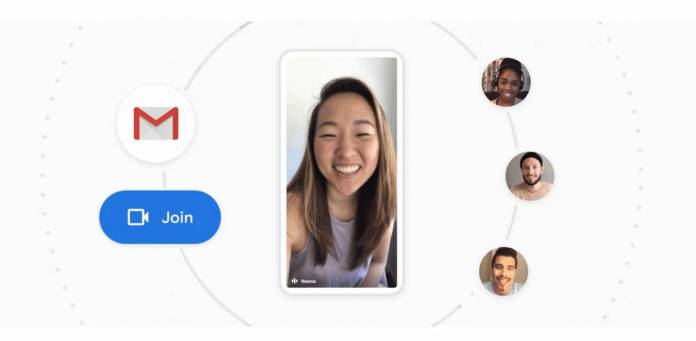
While video conferencing apps have been pretty lifesaving and essential these past year or so both for work and for personal use, it has also been pretty hard on users’ data and maybe even their devices’ CPU if they’re using mobile devices for these calls. Google Meet now has a new data saving option that can bring you more than just a way to conserve your data allowance but also help you conserve your device’s battery and lower the app’s demand on your CPU.
Actually from the beginning, apps like Google Meet and also Google’s other video calling app, Duo, can already do a bit of data saving. They can already detect your device and network condition to adjust the settings and use more bandwidth-friendly resources. This may mean giving you a lower resolution video or offloading some of the processing on the remote server instead of your mobile device.
With the new Limit Data Usage, you can turn it on and off when you want to. And it will not just affect your data allocation but Google says it will also maximize your battery life while you’re on your video call. And since you probably do other things while you’re on your call, it can also free up some of the CPU and memory so you can do other tasks on your mobile device. For the latter, it probably puts the tasks on remote servers.
But of course, to save data, battery, and CPU, there may be some things that have to give. Most likely, your video quality will suffer so if you need higher quality for your calls, you can turn off the toggle for the data saver. The feature is turned off by default and will have to be enabled by the user. There are no admin controls for those who are on Google Workspace.
The data saving feature is available on Google Meet’s mobile apps for Google Workspace and G Suite Basic and Business customers. It seems to be a server-side update so you can check if it’s available in your settings already.









